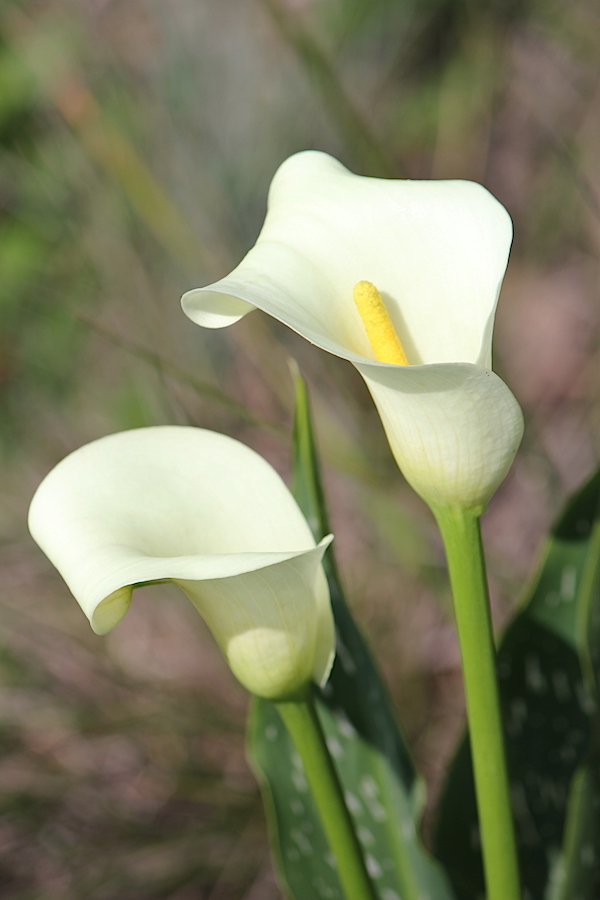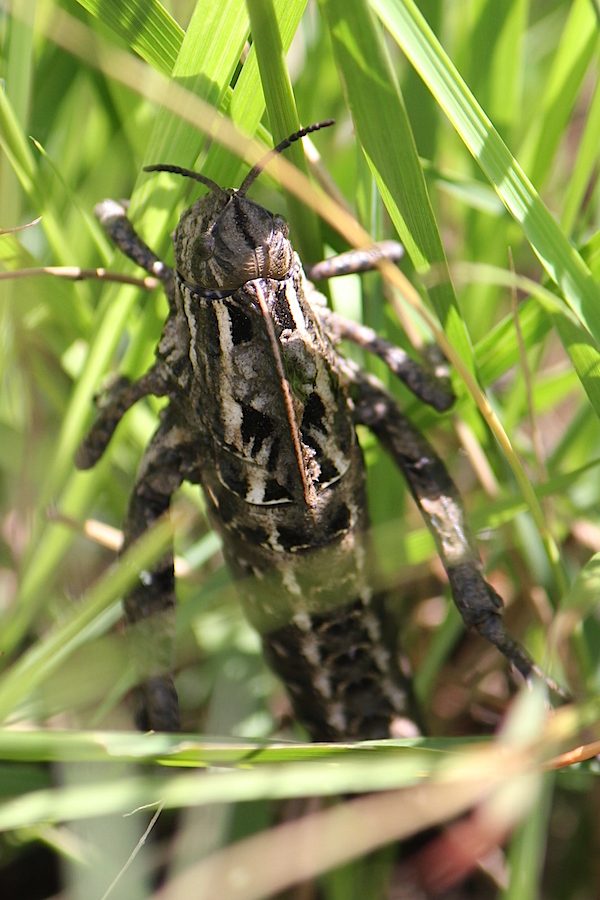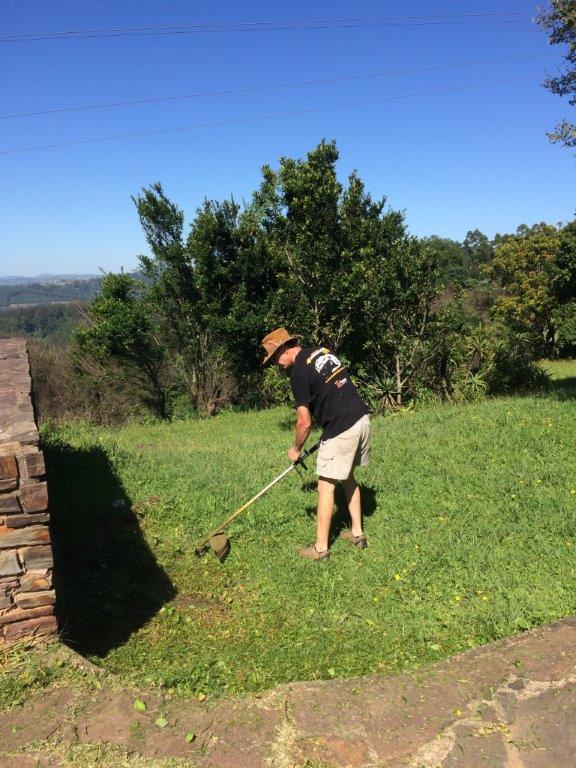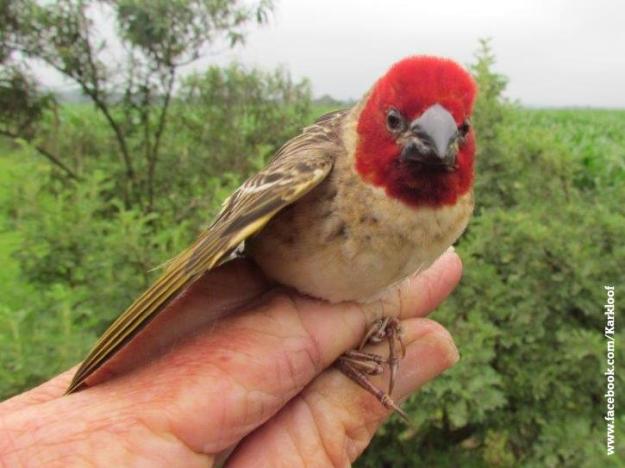Rose Dix – guest at Boston T-Party
Our New Year was spent at the beautiful premises of Rory and Sue (such warm and welcoming hosts, despite the varied needs of 20 hikers!). Jon led us on the Nhlosane hike – which presents us with a steep climb which had the younger ones racing ahead, while we plodded sedately and breathlessly after them. For me, the cherry on the top, was meeting up with Nikki Brighton on top and we exchanged a rapturous greeting which remains a highlight of my trip.

After a brief respite , we went down the back way to the Waterfall on Furth Stream. At this point, we were joined by a lovely dog who wouldn’t respond to our efforts to get him to return from whence he had arrived. After lunching at the Waterfall, we climbed up yet another steep incline which brought us to the Impendhle Road and started the long plod towards home – being Everglades Hotel where we had left our cars. By now, we were all worried about our Dog-Friend because he wouldn’t leave us, and he was looking very concerned about his whereabouts. So it was with infinite relief that the owner of Everglades welcomed him home with open arms. A lovely end to a lovely day.

For those of us who consider a days rest a fate-worse-than-death, Rory came to our rescue the following day and most kindly took our diminished party of 6 on a magnificent hike on Edgeware across the road from Boston T Party.

Our hiking companions – and Rory – were indulgent of my enthusiasm and patiently waited in the misty dizzle while I rolled around in the wet grass photographing various flowers – the most exciting of which was this Bonatea speciosa. As my enthusiasm far surpasses my knowledge, a many friends were bombarded with requests for an ID. Thank you to those who came to my rescue. I had taken my Mountain Flowers book and this beautiful plant wasn’t in that one – it was in the book which I had left at home (naturally).

The following day, Rory again led us (this time, the full contingent of about 20) on yet another hike – on Mondi property. Taking in a magnificent waterfall where we saw Eucomis, Sandersonia and even a Littonia. As this was a HIKE (in capital letters), there wasn’t much chance to photographing flowers in detail.

The stiff climb out of the waterfall valley drowned out all thought, except for the delicate call of an Emerald Cuckoo and TWO Red Chested Cuckoos who persistently communicated with each other. I identified two Jackal Buzzards as Crowned Eagles and Rory gently corrected me…eek!!! (Well, they do SOUND vaguely similar don’t they?) Thank you to Rory and Sue for all you did to make this New Year one of the Very Best we have had for many years. Boston is brilliant!

Crystelle WIlson – Gramarye
Once again I realised there is always something new to be found when out birding even in an area done many times before. This time I spotted a bird that behaved like a Tawny-flanked Prinia, but because I haven’t seen it during the SABAP2 period over the past seven years, I paid closer attention and saw it was a Lazy Cisticola – “a bird with prinia-like behaviour”. The giveaway is that the prinia has a grey head, while the cisticola has a rufous-coloured head.

In my garden I investigated the alarm calls of a party of birds and discovered a Spotted Eagle-Owl sitting in a tree outside my bedroom window. I saw it several times during the month and really hope it will take up residence.

Before Christmas we watched pairs of African Paradise Flycatchers 
and Cape White-eyes building nests in the same tree within metres of each other outside the kitchen and I am keeping a close watch on the breeding developments.

The Greater Striped Swallows are feeding their chicks in the nest under the kitchen verandah.

I am concerned about the lack of Amur Falcons I’ve seen in the district, only a handful at most instead of numbering close to a hundred in past seasons. In the wetland I was pleased to find the butterfly gladioulus, Gladiolus papilio and the small arum lily, Zantedeschia albomaculata.

The atlas list for the Elandshoek pentad 2935_3000 was: Wing-snapping Cisticola, Cape Canary, Forest Canary, White Stork, Blue Crane, African Fish-Eagle, Brown-throated Martin, African Darter, Red-capped Lark, African Hoopoe, Black-headed Oriole, Pied Crow, Brimstone Canary, Reed Cormorant, White-breasted Cormorant, Natal Spurfowl, Speckled Pigeon, Southern Double-collared Sunbird, Red-winged Starling, Yellow Bishop, Pale-crowned Cisticola,

Lazy Cisticola,

African Emerald Cuckoo, Red-chested Cuckoo, Wailing Cisticola, Common Moorhen, Sombre Greenbul, Blacksmith Lapwing, African Firefinch, African Pipit, Cape Wagtail, Long-tailed Widowbird,

Jackal Buzzard, Pied Starling, Steppe Buzzard, Amur Falcon, Zitting Cisticola, Olive Thrush,

Pin-tailed Whydah, African Sacred Ibis, Fork-tailed Drongo, Red-knobbed Coot, Little Grebe, Cape Weaver, African Dusky Flycatcher,

African Paradise-Flycatcher, Southern Boubou, Long-crested Eagle, Speckled Mousebird, Buff-spotted Flufftail, House Sparrow, Southern Grey-headed Sparrow, Cape Sparrow, Sunbird, Amethyst, Cape White-eye, Dark-capped Bulbul, Black Saw-wing, Cape Longclaw, Yellow-billed Kite, Levaillant’s Cisticola, Malachite Kingfisher, Common Waxbill, Spur-winged Goose, Barn Swallow, White-throated Swallow, Dark-capped Yellow Warbler, Burchell’s Coucal, Cattle Egret,
 African Black Duck, Common Quail, Diderick Cuckoo, Cape Grassbird, Yellow-fronted Canary, African Stonechat, Egyptian Goose, Cape Crow, Yellow-billed Duck, Bokmakierie, Greater Striped Swallow, Red-billed Quelea, Common Fiscal, Cape Robin-Chat, Cape Turtle-Dove, Red-eyed Dove, Hadeda Ibis, Drakensberg Prinia, Red-necked Spurfowl, Red-collared Widowbird, Fan-tailed Widowbird, Southern Red Bishop, Grey Crowned Crane, Village Weaver, Little Rush-Warbler, African Reed-Warbler, Red-chested Flufftail, Black-winged Lapwing, Amur Falcon.
African Black Duck, Common Quail, Diderick Cuckoo, Cape Grassbird, Yellow-fronted Canary, African Stonechat, Egyptian Goose, Cape Crow, Yellow-billed Duck, Bokmakierie, Greater Striped Swallow, Red-billed Quelea, Common Fiscal, Cape Robin-Chat, Cape Turtle-Dove, Red-eyed Dove, Hadeda Ibis, Drakensberg Prinia, Red-necked Spurfowl, Red-collared Widowbird, Fan-tailed Widowbird, Southern Red Bishop, Grey Crowned Crane, Village Weaver, Little Rush-Warbler, African Reed-Warbler, Red-chested Flufftail, Black-winged Lapwing, Amur Falcon.
Bruce and Bev Astrup – Highland Glen
The sight of the month was when a great noise was heard from the free-range fowls – rushed to their rescue as Mongoose and a variety of other predators have been known to help themselves. We found a juvenile Monitor Lizard, making its embarrassed way along the path with a whole flock of the fowls behind, escorting it off the premises. Now it is not known whether it had already snacked on a few newly laid eggs or not, thereby having no further appetite, but the scene was unusual. The pair of Reedbuck remain in evidence, next to the garden fence.
Barbara and David Clulow were visiting Boston at the request of CREW representatives from Durban, who asked to be shown how to enter Edgeware to seek the elusive Asclepias bicuspis and Schizoglossum bidens near the summit at 1500 metres. Together with Chris Wahlberg and we two, the party included Hlengiwe Mtshali and Mbali Mkhize of CREW staff. The Midlands Conservancies blog post is available for viewing, so details are not repeated, but the successful finds of the two plants sought, justifies repetition. Here is Barbara’s photo of the Schizoglossum of which 12 were found in the limited area searched

and only one sample of the Asclepias.

Temptation to show photos of two other flowers amongst the masses of species on the hill – a Sandersonia aurantiaca, blooming in timely proximity to December 25

and a new species for Edgeware, four plants of the Disa crassicornis, with the eager CREW folk admiring them.

Christeen Grant – Sitamani
Recently I heard a snippet of information, December in KwaZulu-Natal statistically has a cooler average temperature than November. That seems to be true this year, combined with being in the ‘mist-belt’, there have been many rainy overcast days and nights when we haven’t seen the sun, moon or stars. For the wildflowers on our hillsides it has been perfect and they have blossomed profusely!

Some of the sparkling jewel-like flowers seen this month: Agapanthus campanulatus;

Aristea woodii,

Asclepias albens,

Cyanotis speciosa the aptly named Doll’s Powder-puff;

Dipcadi viride;

Eucomis autumnalis Pineapple lily, with it’s distinctive tuft of green leafy bracts topping the inflorescence, traditional medicinal uses include treatment of low backache, assisting in post-operative recovery and healing of fractures, as well as urinary disease, stomach ache, fevers, colic, syphilis and to facilitate childbirth.

Fewer ground orchids than usual in December but these were flowering Eulophia foliosa and

Eulophia ovalis;

dainty Geranium schlecteri;

Hypoxis parvula;

Indigofera alpina (a new ID);

Papaver aculeatum;

Pearsonia sessilifolia;

Pentanisia augustifolia;

Senecio isatideus;

two sp. of Silene commonly known as Gunpowder Plants, as the seed capsules ‘explode’ when ripe, dispersing the fine black seeds, the flowers are open in the late afternoon or in dull light, quickly wilting in direct sun, Silene bellidioides

and Silene burchellii a very much smaller species with all the flowers held on one side of the flowering stem;

Stachys aethiopica;

Vernonia natalensis;

Watsonia lepida;

Zaluzianskya elongata (another new ID)

and Zantedeschia albomaculata the Spotted-leaved Arum.

A very attractive Mushroom grew rapidly in the damp conditions.

A Cicada nymphal skin remained attached to the shade-cloth and just below a newly emerged Cicada waited to ‘harden’ before flying off to join the earsplitting chorus in the tree above.

 A surprise sighting of a Pamphagidae Transvaaliana playing hide and seek in the long grass.
A surprise sighting of a Pamphagidae Transvaaliana playing hide and seek in the long grass.

One early morning a Bladder Grasshopper Pneumora inanis was spotted on the lawn, it’s distinctive loud call, a screech followed by repeated ‘khonia’ is a typically Summer sound!

Two moths caught my eye, Plume Moth sp.

and a Translucent Ermine.

A delightful Bee fly Australoechus hirtus flitted from flower to flower, resting very briefly on a stone.

A vibrantly striped caterpillar munched hungrily on it’s favourite, Albuca flowers.

Many Millipedes and Pill Millipedes track their many footed way.


On dewy mornings the tall grass is festooned with sparkling webs, the underside view of this tiny (3mm) Orb-Web spider waiting patiently in the centre of it’s web.

On a walk through the grasses I spotted a tiny juvenile Striped skink sunning on a rock.

Beneath shrubs and trees there is evidence in empty eggshells that baby birds are hatching, and high-pitched calls seem to echo through the garden. The frenetic parents clear the ‘nightly crop’ of moths that settle near the light outside the kitchen. The Striped Swallows haven’t managed to make their dabbed nest ‘stick’ this year.

One evening I watched a duiker eating fallen plums. Compressed ‘beds’ in the grass show where the Reedbuck rest during the day.






















































































































































































 African Black Duck, Common Quail, Diderick Cuckoo, Cape Grassbird, Yellow-fronted Canary, African Stonechat, Egyptian Goose, Cape Crow, Yellow-billed Duck, Bokmakierie, Greater Striped Swallow, Red-billed Quelea, Common Fiscal, Cape Robin-Chat, Cape Turtle-Dove, Red-eyed Dove, Hadeda Ibis, Drakensberg Prinia, Red-necked Spurfowl, Red-collared Widowbird, Fan-tailed Widowbird, Southern Red Bishop, Grey Crowned Crane, Village Weaver, Little Rush-Warbler, African Reed-Warbler, Red-chested Flufftail, Black-winged Lapwing, Amur Falcon.
African Black Duck, Common Quail, Diderick Cuckoo, Cape Grassbird, Yellow-fronted Canary, African Stonechat, Egyptian Goose, Cape Crow, Yellow-billed Duck, Bokmakierie, Greater Striped Swallow, Red-billed Quelea, Common Fiscal, Cape Robin-Chat, Cape Turtle-Dove, Red-eyed Dove, Hadeda Ibis, Drakensberg Prinia, Red-necked Spurfowl, Red-collared Widowbird, Fan-tailed Widowbird, Southern Red Bishop, Grey Crowned Crane, Village Weaver, Little Rush-Warbler, African Reed-Warbler, Red-chested Flufftail, Black-winged Lapwing, Amur Falcon.




























 A surprise sighting of a Pamphagidae Transvaaliana playing hide and seek in the long grass.
A surprise sighting of a Pamphagidae Transvaaliana playing hide and seek in the long grass.












